Shadwen hands-on – unique stealth game with time-manipulating mechanics straight from SUPERHOT
We’ve taken a look at the unconventional, time-manipulating stealth game by the creators of Trine. Will the pantheon of stealth classics embrace Shadwen?
- medieval stealth game by the developers of Trine series;
- uses the “time only moves when you move mechanics” known from SUPERHOT;
- the option to complete levels without killing anyone;
Lately, stealth games seem to have hit a dead end. After the fiasco that the new Thief turned out to be, the only thing left for the fans of the genre was to wait for the next Hitman. Once it came out, there were no alternatives, unless you count scarce information related to Dishonored 2. Luckily, Shadwen is here to embark on the quest to bring full-blooded stealth games back to life. A couple of hours spent with this new game from the creators of the fairy-tale series Trine leads to the assumption that Shadwen might indeed bring a wide grin upon stealth fans’ faces; it utilizes the best ideas from the old days, and blends them with new, modern solutions.
Sometimes they die
The task is simple – escort a girl named Lilly to a subsequent section of the level. Accomplishing this seemingly easy task is in fact a much more complicated job – in order to succeed, you have to get the guards out of your way. Choosing how to dispose of them is entirely up to the player – Shadwen allows total freedom in choosing the approach and the procedure, enabling stealthy elimination of hostile troops, or outmaneuvering them without spilling one drop of blood. The game provides a full array of tools and skills supporting an unfettered game of cat-and-mouse or creedish assassinism. I was particularly impressed with the solid approach to that premise: finishing the demo by taking different routes, however possible, strongly depends on our skill and the knowledge of simple, yet unpredictable mechanics. I can already ascertain that Shadwen will be very popular amongst all sorts of speed-runners and players who like to explore all the secrets of a given area and use them to their advantage. In this respect, the game by Frozenbyte really offers a lot.
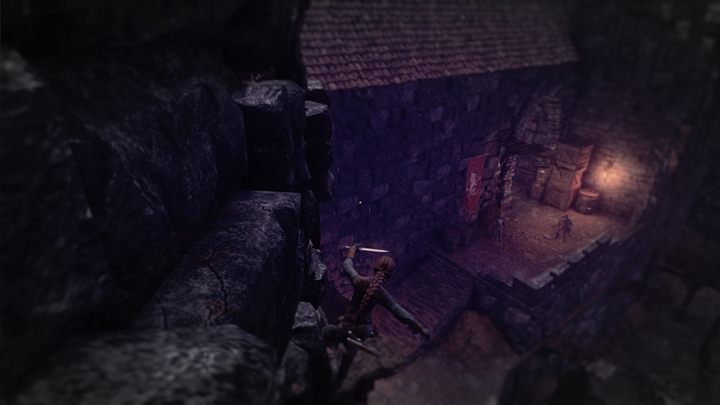
Players’ biggest ally here is time, which runs only if the heroine moves. Inspired by recent Superhot, the idea is delivered in a complex way and it’s fundamental to the game’s mechanics. Not only can the assassin stop (in a very literal sense) behind a corner in order to thoroughly evaluate the situation and choose appropriate tactics, but she is also able to freeze mid-air and pick the right target to kill, or the right ledge to hook onto with a grapnel. If you don’t press any buttons on the keyboard – time stops. We’ve already seen in Superhot, where it was the focal point of the gameplay, how fantastic these mechanics can work. In this case however, it’s only an (important) addition to the entire game, and the idea behind it is to increase the player’s determination and finesse in facing the challenges that the gameplay throws at them.
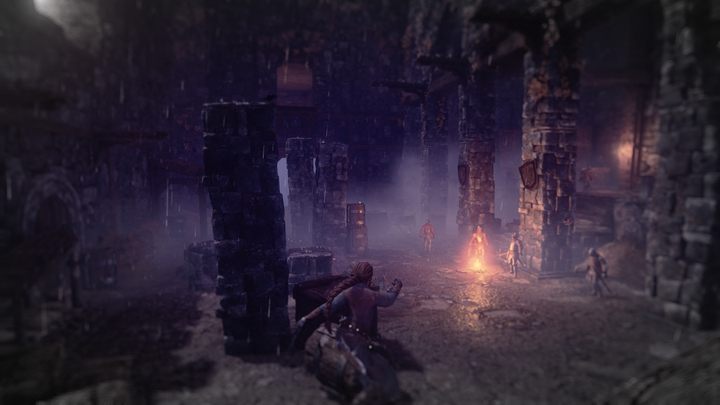
Frozenbyte are no amateurs.

Released in 2009, the magnificent platformer Trine – set in a 2.5D environment – managed to reap decent ratings in the press and win the players, which stimulated further development of the studio. In 2011 came out the much better sequel, and in 2015 the third, and last, part of the series. This time, it didn’t quite charm the critics. The experience gathered during these years certainly helped the Finnish team to develop Shadwen.
Those players with a more cautious approach towards time and space shouldn’t worry – with a single press of a button, we can enable normal passage of time, instantly rendering the experience a traditional, real-time stealth game similar to Thief or Hitman. It changes the pace significantly, forcing us to predict the foes’ movement in an even more prudent way, and encouraging us to think twice before doing anything risky. Leaving this choice to the players makes the game more dynamic (even in technical terms, which is rare), and in the future could diversify the statistics – players could compete for the quickest run with no time stopping, for example. This sort of hybridization should add to the replayability of the game, which is already pretty solid.
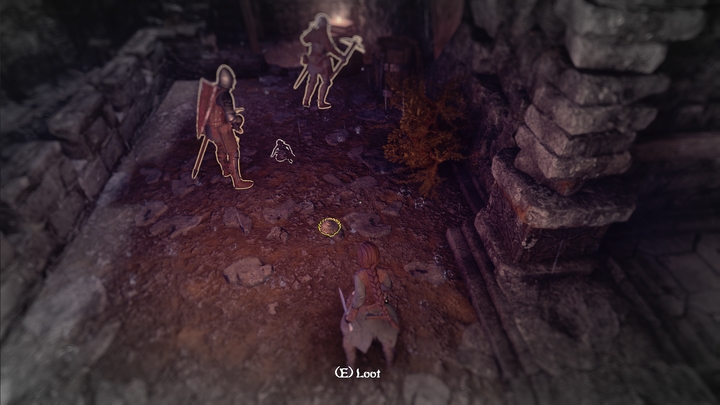
A girl and a dagger
There is only one rule for all the approaches the game has to offer – you have to slip by unnoticed. Of course, you can choose to draw the attention of the guards, and distract them with your presence (it’s actually advisable). However, upon spotting the heroine, the guards will immediately set a crossbow bolt her way, killing Shadwen on the spot. Nevertheless, this is justified by the hermetic character of the gameplay – if it weren’t for the guards’ over-awareness and perfect perception, the game would simply become too easy. The sections are too condensed, and the spaces too open to use half-measures known from bigger games of the genre. On top of that, the enemies aren’t too clever – they don’t seem particularly surprised by a bait falling from the sky (which they follow, rather carefree), nor the silhouette of Shadwen that appears for a split second before them; and the blame for tripping over a pile of a dozen crates is eagerly placed on the wind. They only start to feel uncomfortable when they discover a dead body of their companion – this triggers an alarm, which means failure. I was often under the impression that the AI – in spite of being simplified on purpose – could be a bit more advanced, but Frozenbyte will probably take care of that.
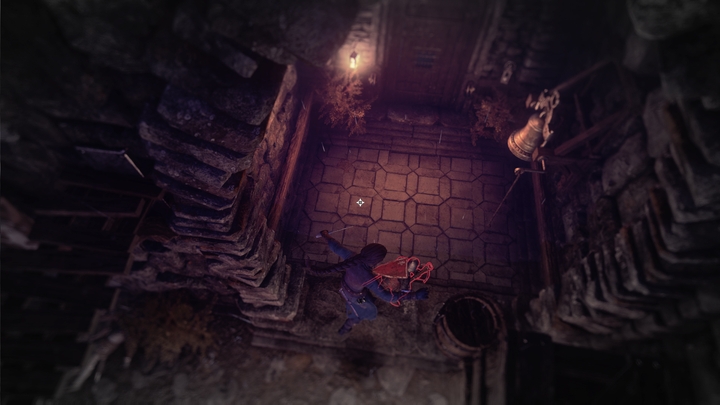
On the other hand, Shadwen isn’t helpless in the face of superior enemy numbers. Unconventional help is provided by all kinds of traps, which further expand the range of possible ways to neutralize the enemies. I soon found that not every guard can be eliminated by a single attack from behind or from above. Such occasions required using one of distracting/neutralizing tools, such as crawling baits, poisonous bolts, or medieval equivalents of mines. More stuff like this should be available on launch, along with the addition of simple crafting mechanics. The demo unveiled only a part of this system, encouraging rather occasional usage of those tools, as opposed to utilizing them as default means of terminating the enemies.

Upon its release, Shadwen will come with a level editor that the developers themselves used during the production. It’s called Nifty, and gives total freedom when creating levels (even from scratch), so creative players will be able to show off their talents. The editor will be fully compatible with Steam Workshop.
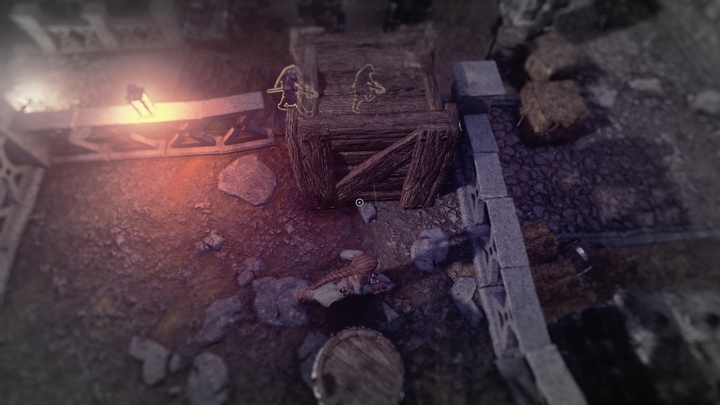
The enemies can be approached from various directions, too. The levels are vertical – fortified segments are full of columns, roofs, beams, ledges, and balconies. There are certain locations that are beyond the enemies’ range of sight – reaching them gives Shadwen a tactical advantage, allowing reconnaissance of the area. Paths existing between the key points of locations are rather numerous, especially considering the game’s budget. At the same time, the controls are intuitive, easy to comprehend, and, most importantly, fluid. Although not Assassin’s Creed-style fluid, running on walls, grabbing and walking on ledges, and jumping between different objects (Prince of Persia, anyone?) works really well, and after some practice it can be really satisfying. Among all the methods of moving through the levels, the most prominent (and most useful) is by using the grapnel, which can hook to almost every element of the environment, and then – by steadily swinging – help Shadwen quickly cover larger distances.
You’ll be able to get the game for a modest sum $14.55. The price was negotiated by the players themselves – after releasing the demo, Frozenbyte asked them to test the game; the longer they played and the more statistics they covered, the lesser the price ($35 initially) would become. The combined score of the players amounted to over 4.8 million.
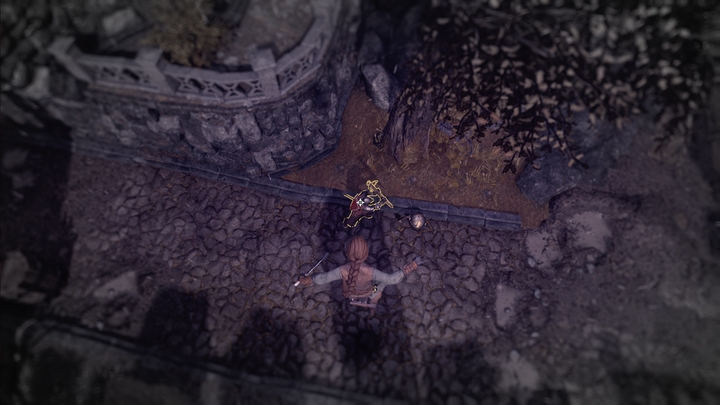
Using the grapnel doesn’t only provide an alternative way of moving – it also allows some fun with the physics, which (next to the time thingy) are the second biggest draw here. Various objects, bound by the laws of gravity, can become weapons or parts of spectacular traps and ambushes introducing some variety to the work of our assassin. And although I’m usually not very keen on such solutions, I yielded to the temptation once, and attached a mine to a crate, and then pulled down with a line from a distance, right on top of a guard’s head. Not only did the crate finish that one guard, but the rest – alerted by the noise – were then dealt with by the attached mine. Such things are never directed, and they add a Hitmanish flavor to the game – even more so since we can watch an especially smooth action over and over again, by reversing the flow of time (like Superhot, once again). The number of such combined actions – premeditated or totally random – is unlimited. Rewinding the time works well for the balance of difficulty, sparing us at the same time the frustration of quick-saving and quick-loading over and over again. The feeling of total control over the gameplay was always at the back of my head, since I knew that any failed action can be instantly replayed.
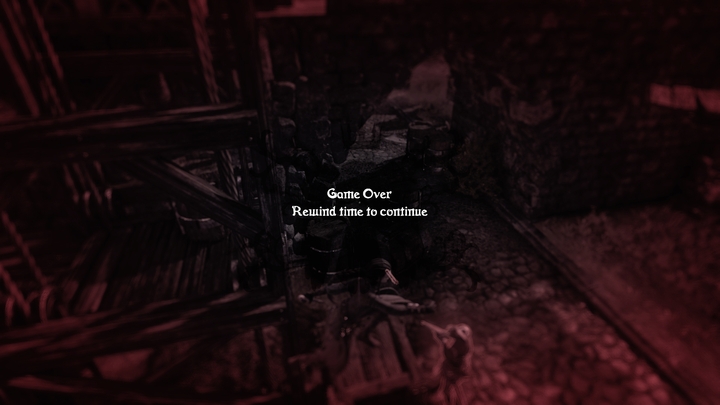
Thanks to this, the demo itself was really replayable – and this feature is the paramount premise of the game by Frozenbyte. The ability to complete the same levels again and again, each time with a different approach and different tools, rules out boredom – even after many playthroughs – by encouraging the player to come up with their own challenges.
Assassin’s Thief
The audio-visual layer of Shadwen can be thrown into the “mediocre” basket. The graphics are outstandingly average. The locations are devoid of any artistic or aesthetic touch – much like medieval strongholds, they value practicality over beauty. Contrary to the candy colors of Trine, here the palette is more neutral, bleak even. The ascetic soundtrack building a passive atmosphere is a similar story. There’s no indication that this is going to change before the release, but honestly, I don’t really mind. It’s just a different style – and that’s all there is to it. From a technical standpoint, the animations could use some polishing – right now, they’re pretty rough, the moves of the main character included, but it’s not a major issue. Still, the optimization is an upside – any PC should be able to maintain 60fps; this can be seen in the game’s requirements, and it should only get better.
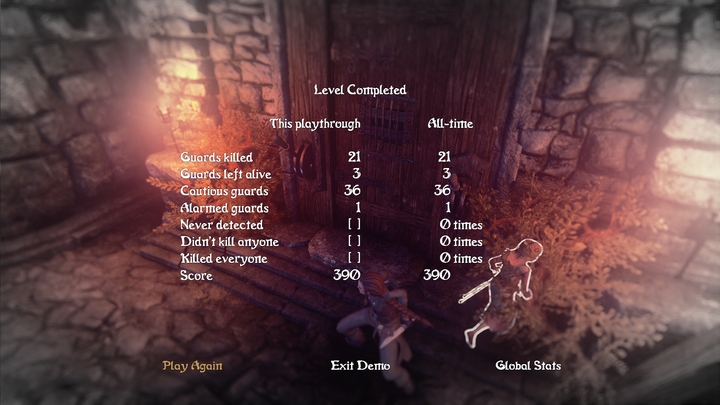
Shadwen looks really interesting, immersive, and quite original in the application of the idea of time manipulation. Should Frozenbyte manage to “tame” the levels they design, by infusing them with the right character and flexibility allowing to release the full potential of the game’s mechanics, we may witness a partially reincarnated Thief, seasoned with some original solutions. If only there could be some captivating story on top of all those things (right now it’s just about killing some evil king), and if the locations could be further diversified by collectibles or some more complex structures, we’d be in for an adventure that will keep the fans of stealth games interested for a long time. For now, it’s definitely worth it to check out the demo and see what sort of potential lies in the Finnish studio.
